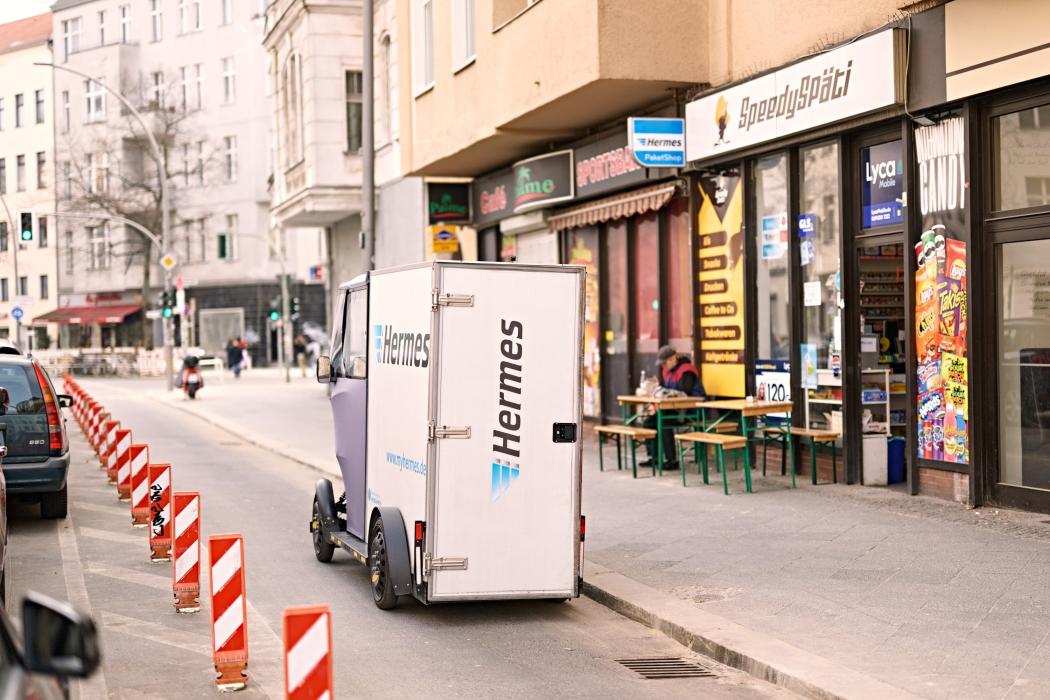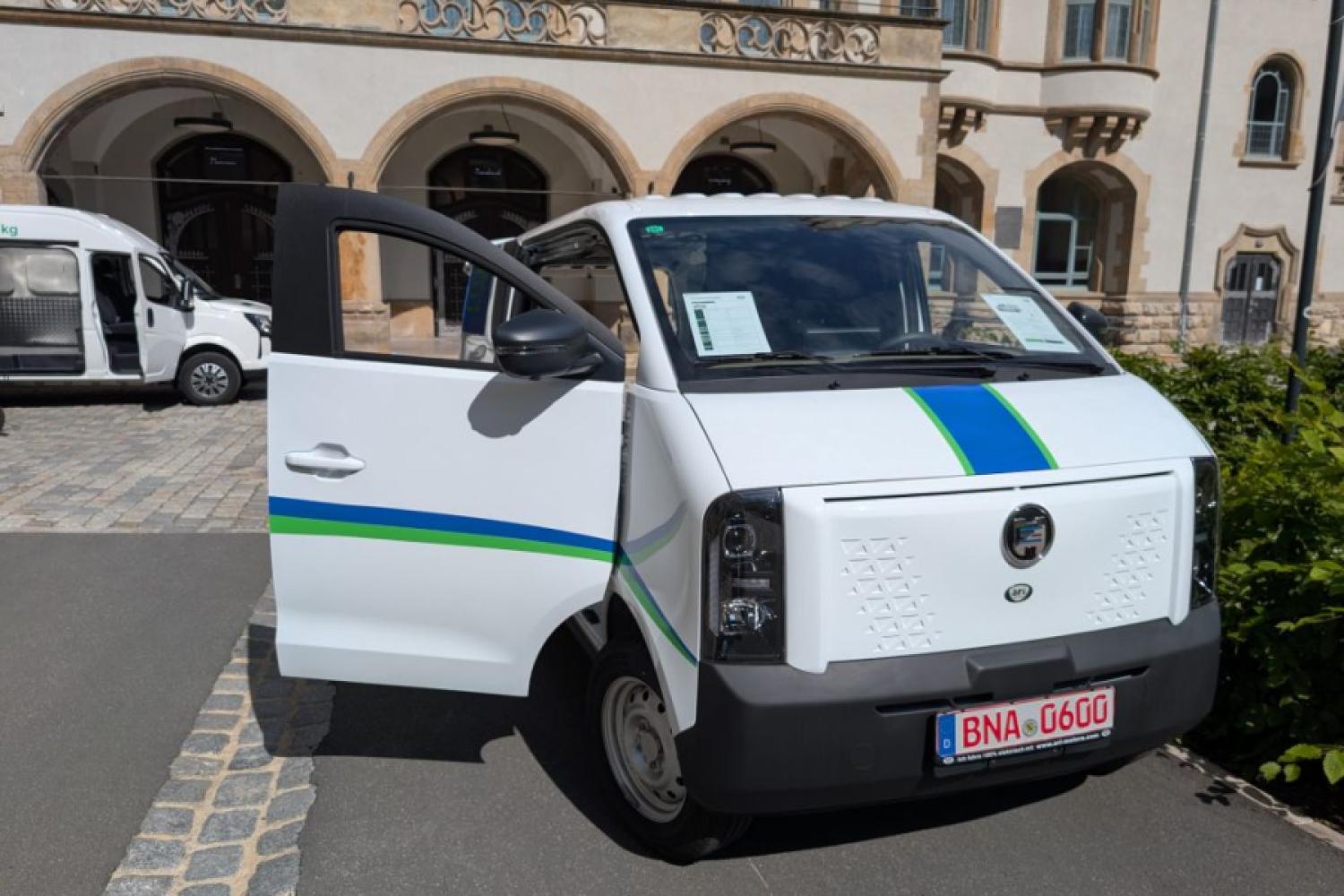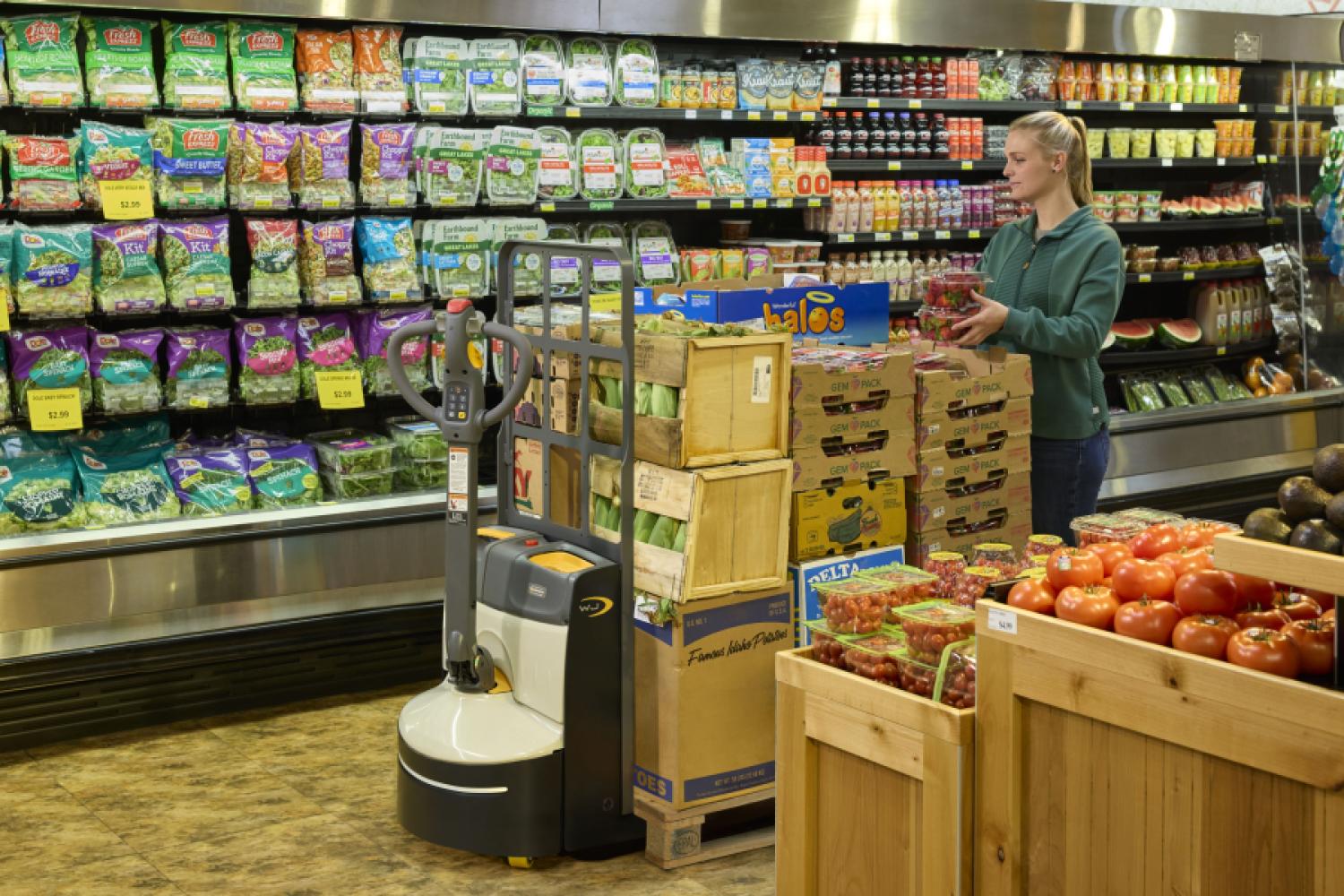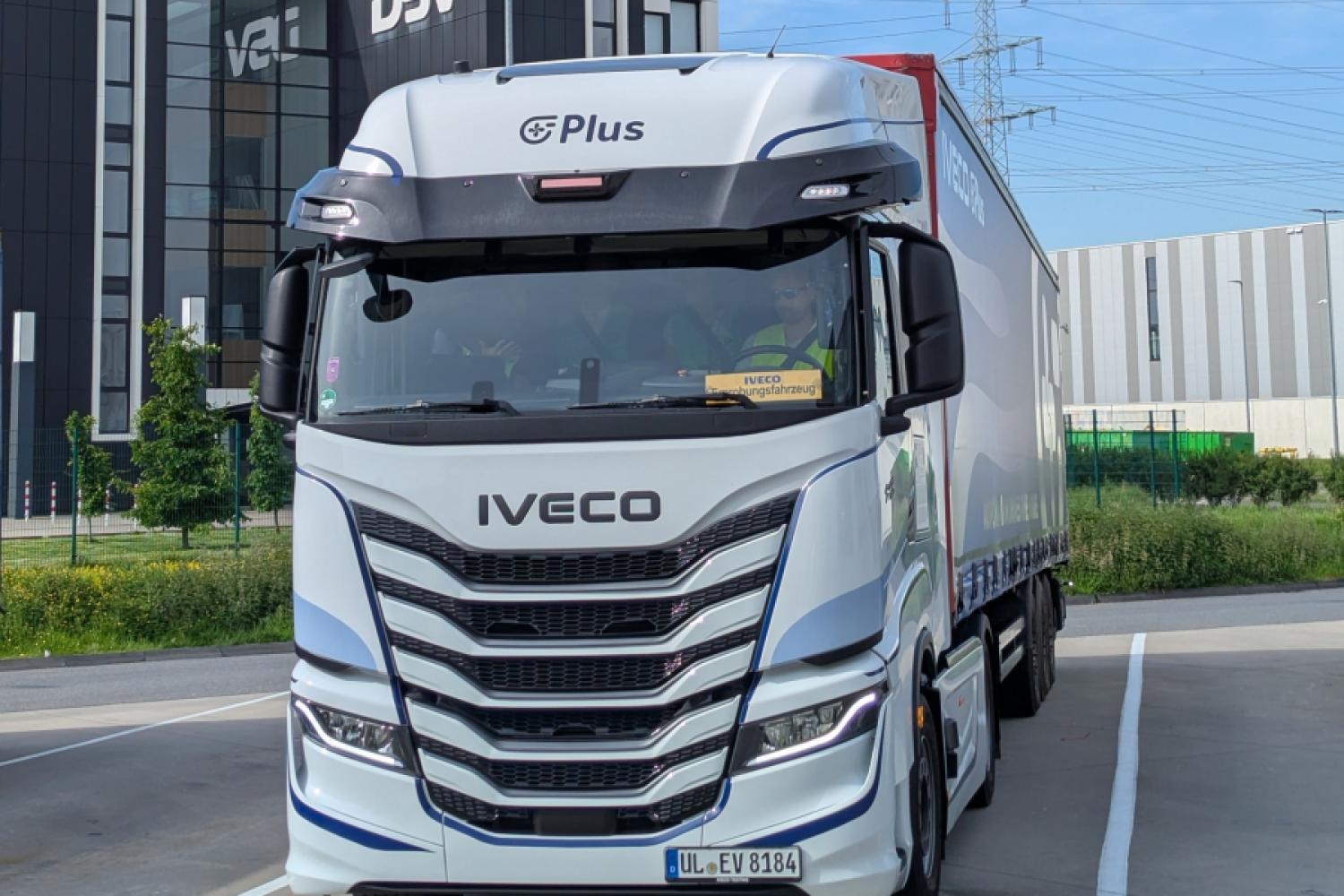The German Association for Parcel and Express Logistics views the use of cargo bikes in the CEP (Courier, Express, and Parcel) segment as more of a niche. A very specific shipment structure and the convergence of numerous parameters such as area, topography, and truck accessibility are necessary for cargo bike logistics to be successfully and cost-effectively integrated into parcel delivery, analyzed Carsten Hansen, Head of Fundamental Issues and Inner-City Logistics at the German Association for Parcel and Express Logistics e.V., during the Webinar "Load, Deliver, Cycle? The Future of City Logistics", organized by Bavarian Green Party Member of Parliament Markus Büchler.
Nevertheless, BPEX member companies, including industry giants DPD, Hermes, UPS, and GLS, are already using 500 cargo bikes, but these need to be combined with suitable micro depots. Finding and renting suitable properties is already a challenge, and this has not become easier against the backdrop of the current economic downturn, according to the assessment of the BPEX expert. However, this
could change with the expected economic recovery. After all, technology has significantly improved, there are fewer failures, and with a high delivery density, cargo bikes are an effective element.
The combination of cargo bikes and micro depots has significant CO2 savings potential
In any case, the potential for CO2 reduction is greatest with the combination of micro depots and cargo bikes, as Hansen illustrated. In the standard case, 565 gCO2e per shipment is generated, but this can be reduced to 505 gCO2e with cargo bikes and micro depots. However, the currently highly promoted, flexible, and versatile delivery method through ideally brand-neutral parcel shops or lockers is very efficient, at 550 gCO2e. An unsuccessful first delivery with drop-off at a shop or locker results in 600 gCO2e, while an unsuccessful first delivery and successful second delivery emit 660 gCO2e.
Decreasing emissions through increased use of e-vans
However, emissions are generally decreasing with the increasing prevalence of electric transporters, which already make up about
21 percent of the fleet among BPEX members, significantly more than the meager three percent of vehicles overall. Therefore, the CEP companies are also a "booster" for e-mobility in general. Additionally, 67 percent of diesel vehicles are Euro 6 compliant, compared to only 48 percent in the overall vehicle population. Since 2016, emissions per shipment in the CEP sector have fallen by 22 percent, while shipment volumes have grown strongly by 35 percent, as Hansen reported from the association's latest sustainability study. The greatest potential for reducing emissions lies in the main transport route, which causes 67 percent of GHG emissions, 33 percent on the last mile (Tank-to-Wheel), or 63 to 37 percent in a Well-to-Wheel calculation. Therefore, more affordable electric trucks that are also "winter-proof" are needed, as well as an expansion of the truck charging infrastructure, Hansen appealed.
New "Loading Area": Small sign with a big impact
Hansen also places great hope in the "Loading Area" traffic sign introduced as
part of the StVO reform. It is now linked to an absolute no stopping zone, which could reduce unwanted stops by delivery vehicles parked in the second row by up to 70 percent, ultimately reducing additional emissions. According to a study from Cologne, the existing signage had up to 80 percent misallocations, Hansen noted. If this instrument is widely adopted by municipalities, it could be easily implemented using markings and have a significant impact, according to the BPEX expert's assessment. However, Green Party MP Büchler expressed skepticism as to whether the new StVO's municipal possibilities would be applied in Bavaria: The CSU-FW government had rather sent "braking signals" in this regard.
Overall, BPEX expert Hansen sees the CEP industry on a climate course, unlike the transport sector as a whole, which is stagnating in terms of emissions. The companies are on a good path to reduce their emissions by a third by 2030. "We are getting there, ecologically and socially sustainable," assured






